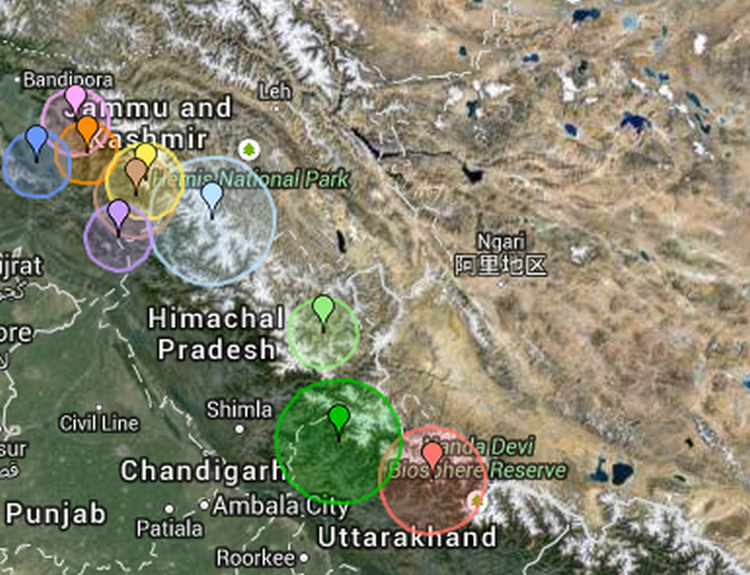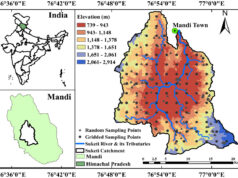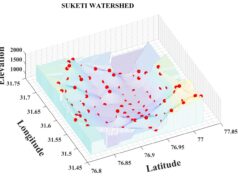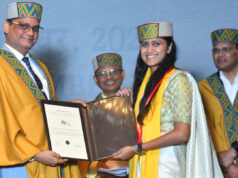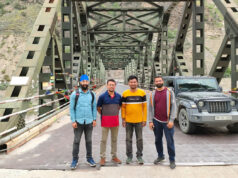Piezoelectric materials can be used in floor tiles to generate electricity from human walking, or on roads, where the weight from the vehicles can power road lights and signals
Mandi: Indian Institute of Technology Mandi researchers have proposed a technique to enhance the power output of piezoelectric materials. In this, researchers have numerically studied piezoelectric materials – materials that interconvert mechanical energy and electrical energy – and have proposed a new arrangement to enhance the electrical output of these materials when subjected to stress.
“Piezoelectric materials can generate electrical energy when a force is applied on them, and are thus extremely useful”, explains Dr. Rajeev Kumar. Such materials can, for example, be used in floor tiles to generate electrical energy from human walking, or on roads, where the weight from the vehicles can power road lights and signals. However, currently, the electrical energy produced by these materials is very low, which limits their applications in real life situations.
“We have developed a technique known as “graded poling” to enhance the power output of piezoelectric materials by more than 100 times”, says Dr. Rahul Vaish. The researchers have used numerical techniques to utilize multiple mechanical stresses – bending, compressive and tensile stresses at the top and bottom of the piezoelectric cantilever beams and shear stresses in the mid-section – in order to significantly improve the electrical output.
“The experimental implementation of graded poling is challenging at present”, says Dr. Rajeev Kumar. However, the results of this study and the enormous improvements possible through the graded poling technique offers incentive for researchers to develop actual piezoelectric designs that implement the graded poling technique so that the applications can be realised. The researchers recommend possible steps to achieve these designs in practice, such as partially connecting the right face of the sample to ground and top faces being applied with an electric potential.
The promise of generation of higher amounts of electrical energy from mechanical movement can potentially enable applications in which smart devices can be powered simply by human motion. Other applications could include generating power from the soles of footwear equipped with these materials.
Piezoelectric materials can do the reverse as well – generate mechanical motion in response to electrical energy. Thus improving the mechanical-electrical energy interconversion efficiency can enable engineering applications such as reduction of vibration and noise and advanced technological applications such as positioning and steering of satellite antennas in space.
The researchers are extending their work further for more accurate prediction of the effects of the proposed poling technique on the mechanical properties of the material, which will offer better insights into harnessing the advantages of this technique in real life applications.



